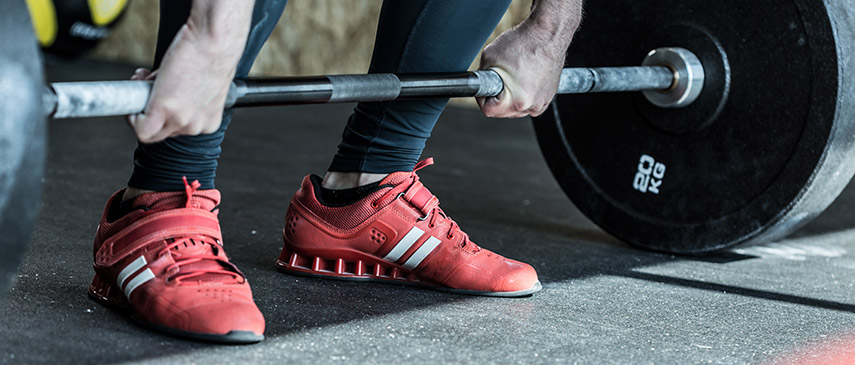Blood Flow Restriction Training 101

It’s likely that you may have noticed weightlifters with bands or cuffs around their biceps while working out. That’s due to the new application of blood flow restriction training or BFR. And BFR isn’t taking hold just among those who pump iron. BFR is being used with other types of resistance training and exercise modalities like walking. This strategy is being used to maintain arterial blood flow to muscles during a workout. It also prevents the venous return of blood. So, why the new trend? Program of resistance training with BFR increase strength more than without it. It produces hypertrophy and increases muscular size without blood flow restriction. BFR is becoming popular due to its ease of application.
There is also some evidence that BFR enhances sprint running speed, walking and endurance. Plus, BFR also displays higher growth hormone elevations, post-exercise muscle protein synthesis, enhanced recovery after working out and more robust molecular signaling responses. “In the field of strength training when comparing BFR at low relative mechanical loads (20% 1RM – 30% 1RM) vs conventional resistance training using high relative loads (70% 1RM-75% 1RM) BFR training is showing quite dramatic changes “((post-mean − pre-mean)/pre-standard deviation and adjusted for sample size bias) for muscle hypertrophy and strength for BFR resistance exercise are 0.39 and 0.58, respectively (compared to 0.01 and 0.000 for low-load training without cuff inflation.”
For BFR training, there are high-end pressure cuffs, ace bandages or run-of-the-mill tourniquets that can be used to wrap around the limbs. For the upper body, it should be wrapped right below the shoulder at the top upper arm. The lower body should be wrapped just below the gluteal fold and hip flexor. For the tightness scale, it should be between 7-10. If you feel any numbness or tingling, that means it’s wrapped too tight.
Today, BFR is being used in rehab center, especially for wounded warriors. It’s had remarkable success. Being able to grow atrophied muscles after an injury is a strong feature that is unique to BFR training. Although BFR is fairly new in sports medicine, it is quickly becoming the gold standards. No longer do the muscles and joints with high-intensity resistance have to be used to improve strength and hypertrophy. It’s ideal for those with cardiac or orthopedic conditions. There’s just too many benefits for BFR to be ignored, whether you’re an athlete, suffer from old age or have incurred an injury.Are you looking to change up your workout routine? Call Agility Physical Therapy today to learn more about our exercise programs.
